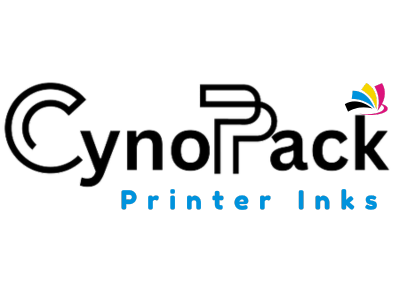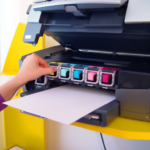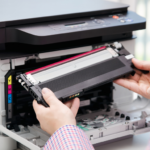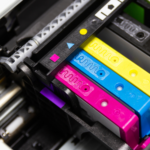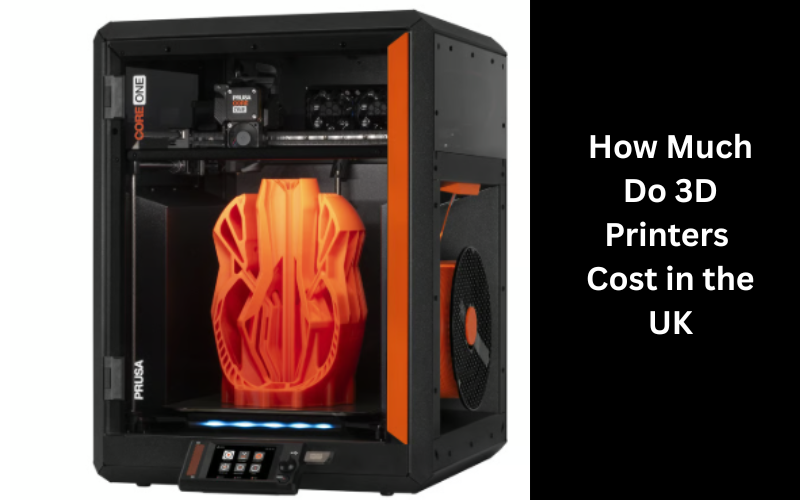3D printing has moved from being a niche hobby for tech enthusiasts to a practical tool for businesses, schools, and even home users. But one question still comes up for UK buyers: How much does a 3D printer cost, and is it worth the investment?
Whether you’re thinking about printing parts for your small business, creating prototypes, or exploring 3D printing as a hobby, this guide breaks down cost ranges, ongoing expenses, and the real-world value of owning a 3D printer in the UK.
How Much Do 3D Printers Cost in the UK & Are They Worth It?
1. Understanding 3D Printer Price Ranges in the UK
The cost of a 3D printer depends on the type, build quality, and intended use. In the UK market, prices generally fall into these categories:
| Category | Price Range (GBP) | Best For |
|---|---|---|
| Entry-Level (Beginner) | £150 – £400 | Hobbyists, beginners, small household projects |
| Mid-Range | £400 – £1,200 | Serious hobbyists, schools, small businesses |
| Professional/Prosumer | £1,200 – £3,000+ | Product designers, engineers, advanced prototyping |
| Industrial | £5,000 – £50,000+ | Manufacturing, large-scale production |
Entry-level printers are often compact, easy to use, and ideal for learning. Mid-range models offer better print quality and larger build volumes. Professional printers provide precision, reliability, and advanced materials compatibility.
2. Types of 3D Printers and Their Costs
Different technologies have different costs:
FDM (Fused Deposition Modelling)
- Most common and affordable type.
- Uses plastic filament (PLA, ABS, PETG).
- UK Price range: £150 – £2,000
- Example: Creality Ender 3 V2 – around £220.
SLA (Stereolithography)
- High precision, smoother finish.
- Uses liquid resin cured by light.
- UK Price range: £300 – £4,000
- Example: Anycubic Photon Mono X – around £450.
SLS (Selective Laser Sintering)
- Powder-based, industrial-grade.
- Excellent for functional parts.
- UK Price range: £5,000 – £50,000+.
3. The Hidden Costs of 3D Printing
When budgeting, remember it’s not just the printer you’ll pay for.
Filament or Resin
- Filament (PLA/ABS): £15 – £30 per 1kg spool in the UK.
- Resin: £25 – £50 per litre.
- Specialty materials (carbon fibre, flexible filaments): £40+ per kg.
Upgrades and Maintenance
- Build plate replacements: £20 – £50.
- Nozzles: £5 – £20.
- Lubricants, cleaning solutions: £10 – £30/year.
Electricity Costs
- A desktop FDM printer might use 50–150 watts/hour.
- Average cost in the UK: ~£0.15 – £0.25 per hour of printing.
Software
- Free slicers like Cura are common, but pro licences (Simplify3D, Autodesk) can cost £100–£300.
4. Are 3D Printers Worth It in the UK?
The answer depends on your goals.
Worth It If…
- You create custom parts regularly (spare parts, prototypes, tools).
- You run a small business selling 3D-printed products.
- You’re in education or engineering where 3D models improve learning or design.
Not Worth It If…
- You’ll only use it once or twice a year.
- You’re not willing to learn the basics of 3D modelling and printer maintenance.
- Outsourcing your occasional print jobs is cheaper (UK 3D print services start at ~£10 per print).
5. Real-World Examples of 3D Printer ROI in the UK
Example 1 – Small Business Use:
A UK-based Etsy seller producing custom phone stands prints 20 units per day using a £350 FDM printer. Profit per stand is £4 after materials and electricity. Printer pays for itself in under a month.
Example 2 – Hobby Use:
A hobbyist buys a £250 3D printer and prints spare parts for appliances, saving £200+ in the first year by avoiding manufacturer part prices.
Example 3 – Education:
A UK secondary school uses a £1,000 printer for STEM projects, preparing students for engineering careers and cutting costs on buying model kits.
6. Pros and Cons of Buying a 3D Printer
| Pros | Cons |
|---|---|
| Save money on parts over time | Initial learning curve |
| Full design freedom | Ongoing maintenance |
| Sell products online | Material and electricity costs |
| Speed up prototyping | Some noise and odour from certain materials |
| Educational benefits | Takes up desk/workshop space |
7. How to Choose the Right 3D Printer in the UK
When shopping for a printer, consider:
- Purpose: Hobby, business, education, or industrial.
- Material compatibility: PLA is easiest, but you may want ABS, PETG, or resin.
- Build volume: Larger prints require bigger (and more expensive) machines.
- Community support: Brands like Creality, Prusa, and Anycubic have large UK user groups.
- After-sales support: UK-based suppliers can make repairs and returns easier.
8. Alternatives to Buying a 3D Printer
If you’re unsure about committing:
- 3D Printing Services: Hubs like 3D Print UK or Shapeways let you order parts on demand.
- Makerspaces: Community workshops across the UK offer printers you can rent by the hour.
Frequently Asked Questions (AEO-Optimised)
Q1: How much should I spend on my first 3D printer in the UK?
For beginners, £200–£400 is enough to get a reliable FDM printer with good support.
Q2: Do 3D printers use a lot of electricity?
Not really — most desktop models cost less than £0.25/hour to run in the UK.
Q3: Can I make money with a 3D printer in the UK?
Yes, many small UK businesses sell 3D-printed products on Etsy, eBay, and local markets.
Q4: Is resin printing more expensive than filament printing?
Yes — resin is pricier per litre, and maintenance costs are slightly higher.
Q5: How long do 3D printers last?
With regular maintenance, a good 3D printer can last 5+ years.
Conclusion
3D printers in the UK can cost anywhere from £150 to £50,000+, depending on the model and purpose. For many users — from hobbyists to small businesses — they’re a worthwhile investment that pays off in savings, flexibility, and creative opportunities.
If you plan to print regularly and are willing to learn the basics, owning a 3D printer can be one of the most rewarding purchases you make. For occasional use, outsourcing prints to a UK service may be the smarter choice.

